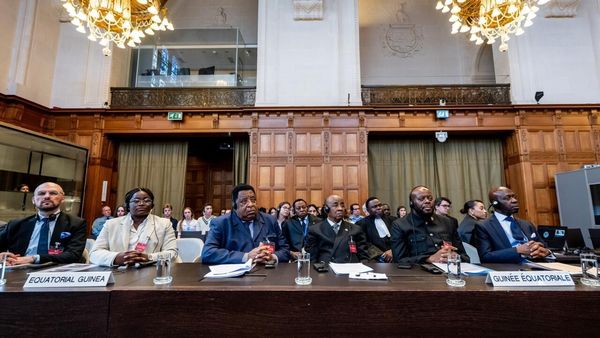
A cold case is never over. Not when it’s murder.
The cops may move on, after weeks or months of fruitless investigation, but the family never really does. They carry on with their lives, as best they can, but never forget, never stop wondering, never fully escape their anguish.
DuPage County investigators solved just such a cold case this month, announcing on Monday that they have identified a likely serial killer as the person responsible for the 1976 rape and strangulation of a 16-year-old Pamela Maurer of Woodridge.
Pamela’s family, now living in Texas, “showed a lot of relief” when told her killer had been identified through a new type of DNA analysis, a Lisle police detective told reporters. Pamela’s father was “pretty thankful that we didn’t forget Pam.”
The hope now — and we offer this editorial in the service of that hope — is that the solving of this case will lead to the solving of other cold cases, as sometimes happens.
The police believe that Maurer’s killer, Bruce Lindahl, who died in 1981 when he apparently accidentally slashed himself while committing yet another murder, likely was responsible for at least two other unsolved murders between 1974 and 1981 in the Aurora, Downers Grove, Lisle and Woodridge areas.
If you might have information for investigators, now that a link has been made to Lindahl, we urge you to call the DuPage County State’s Attorney’s office’s anonymous tip line, 630-407-8107.
Investigators are particularly interested in information that might help them solve the cases of Deb McCall, a Downers Grove North student, and Debra Colliander, an Aurora woman. Photos of McCall, who disappeared in November 1979, were found in Lindahl’s home after he died. Colliander, who accused Lindahl of kidnapping and rape, disappeared in 1980 — while Lindahl was out on bail — and her body was found years later in a shallow grave in Oswego Township.
It is too late to bring Lindahl to justice. He bled to death, at age 29, from an apparently accidental self-inflicted wound after he stabbed to death a high school student, Charles Huber, in an apartment in Naperville.
But thanks to the forensic powers of DNA, it is more possible than ever to provide answers, as well as a greater modicum of peace, for the families of Lindahl’s victims — and other cold case victims.
Investigators took a foreign DNA sample from Maurer’s body and searched public genealogy databases. This allowed them to build a DNA family tree, which pointed to Lindahl. From there, investigators exhumed Lindahl’s body to obtain his DNA directly. That DNA matched the samples collected from Maurer’s body.
More than ever, a cold case need not stay cold.
Send letters to: letters@suntimes.com.







